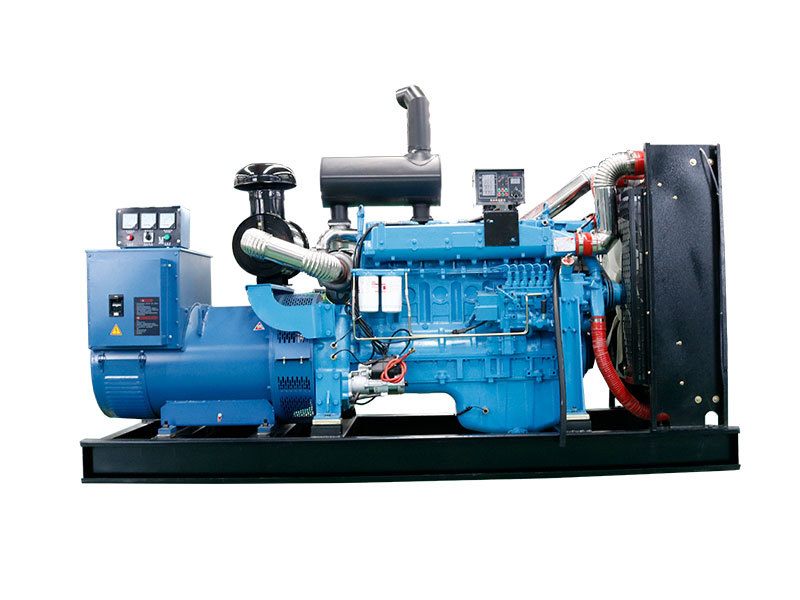In today's increasingly complex energy landscape, the need for reliable and efficient power sources has never been greater. One solution that has gained significant traction is the use of decentralized networks, or microgrids, which offer enhanced resilience, flexibility, and control.
The Role of Diesel Generators in Microgrids
Diesel generators play a crucial role in microgrid systems, serving as a dependable source of power and providing backup support during outages or periods of high demand. However, to truly harness their potential, it's essential to strategically deploy these generators within the network.
Understanding the Benefits
Strategic deployment of diesel generators in microgrids offers several key benefits, including:
- Improved energy efficiency: By optimizing generator placement, microgrids can minimize energy losses and reduce overall fuel consumption.
- Increased system reliability: Thoughtful deployment ensures that power is available when and where it's needed most, helping to prevent blackouts and brownouts.
- Enhanced scalability: A well-designed microgrid can easily integrate new generators as demand grows, allowing for seamless expansion and adaptation.
Optimizing Diesel Generator Placement
So, how can you ensure that your diesel generators are deployed in the most effective manner possible? Here are some expert tips to consider:
1. Assess Load Distribution
To optimize generator placement, start by analyzing the load distribution within your microgrid. Identify critical load centers and high-demand areas, as these will likely require the strongest generator support.
2. Consider Network Topology
The physical layout of your microgrid can significantly impact generator performance. Be sure to account for factors such as cable length, voltage drop, and overall network configuration when determining generator locations.
3. Factor in Environmental Conditions
Environmental factors, such as temperature, humidity, and air quality, can all affect diesel generator performance. When planning your microgrid, consider how these conditions may influence generator placement and efficiency.
4. Prioritize Flexibility and Modularity
As energy demands evolve, it's essential that your microgrid remains adaptable. Opt for modular generator designs that can be easily reconfigured or expanded as needed, ensuring long-term system resilience.
Maximizing the Potential of Diesel Generators in Microgrids
Once you've optimized diesel generator placement within your microgrid, there are additional strategies you can employ to further enhance performance and efficiency:
- Regular maintenance: Routine checks and preventive maintenance can help ensure that your generators remain in top working condition, minimizing downtime and maximizing energy output.
- Energy storage integration: Combining diesel generators with battery storage systems can help balance supply and demand, improve overall system efficiency, and reduce reliance on fossil fuels.
- Smart control systems: Utilizing advanced monitoring and control technologies can enable more precise load management, optimize generator operation, and enhance microgrid resilience.
Getting Started with Strategic Deployment
Ready to harness the full potential of diesel generators in your microgrid? Here are some actionable steps to get you started:
- Conduct a thorough assessment of your current microgrid system, including load distribution, network topology, and environmental conditions.
- Identify areas where strategic generator deployment could improve energy efficiency, reliability, or scalability.
- Develop a comprehensive deployment plan, incorporating expert tips and best practices outlined in this article.
- Consult with industry professionals and consider partnering with a trusted provider for guidance and support throughout the process.
By taking a strategic approach to diesel generator deployment, you can unlock the full potential of your microgrid and ensure a reliable, efficient, and sustainable energy supply for years to come.





